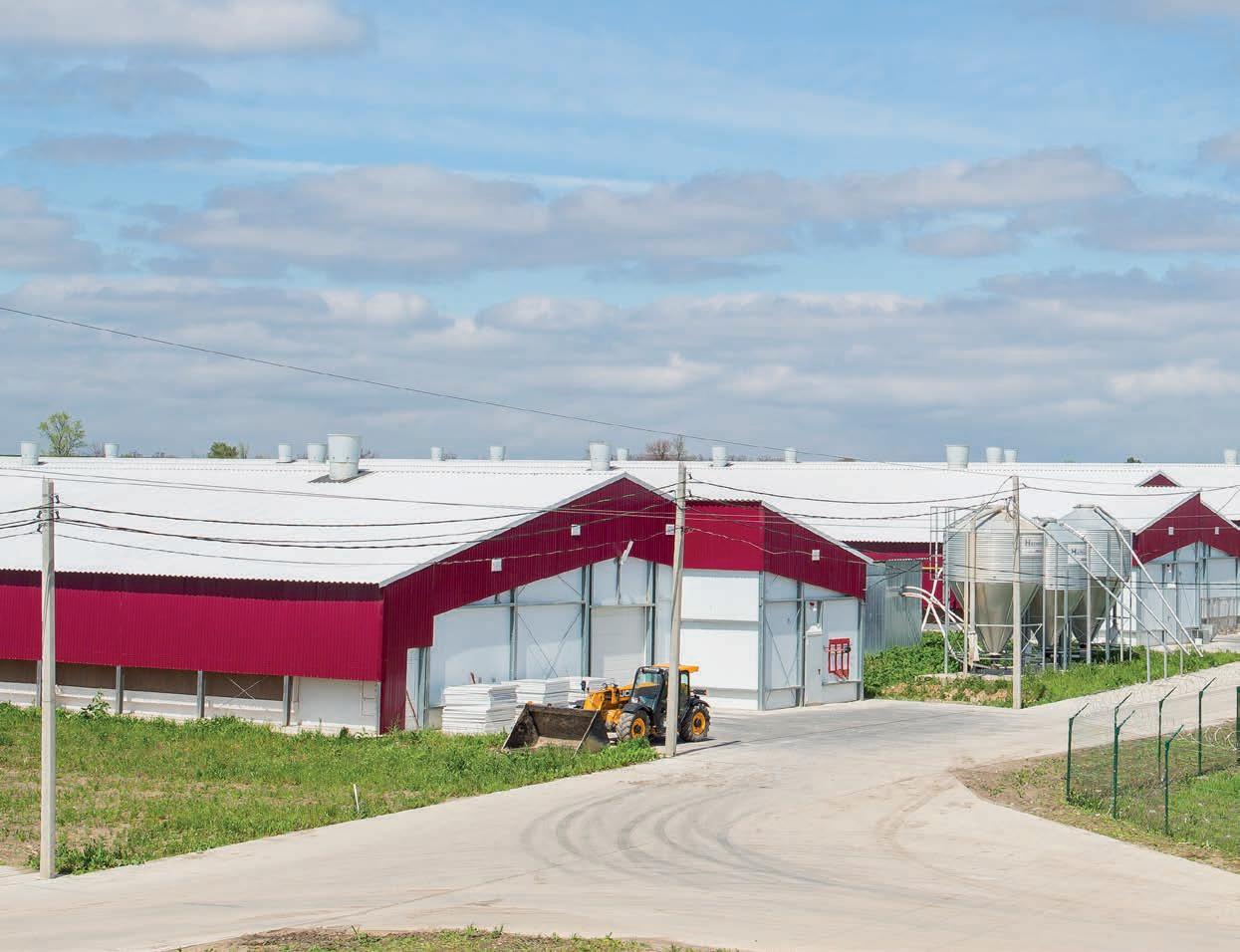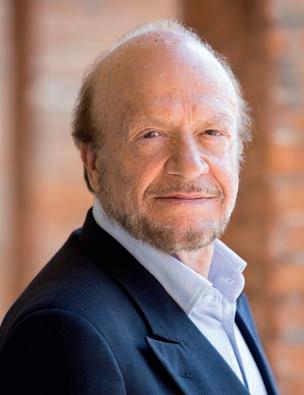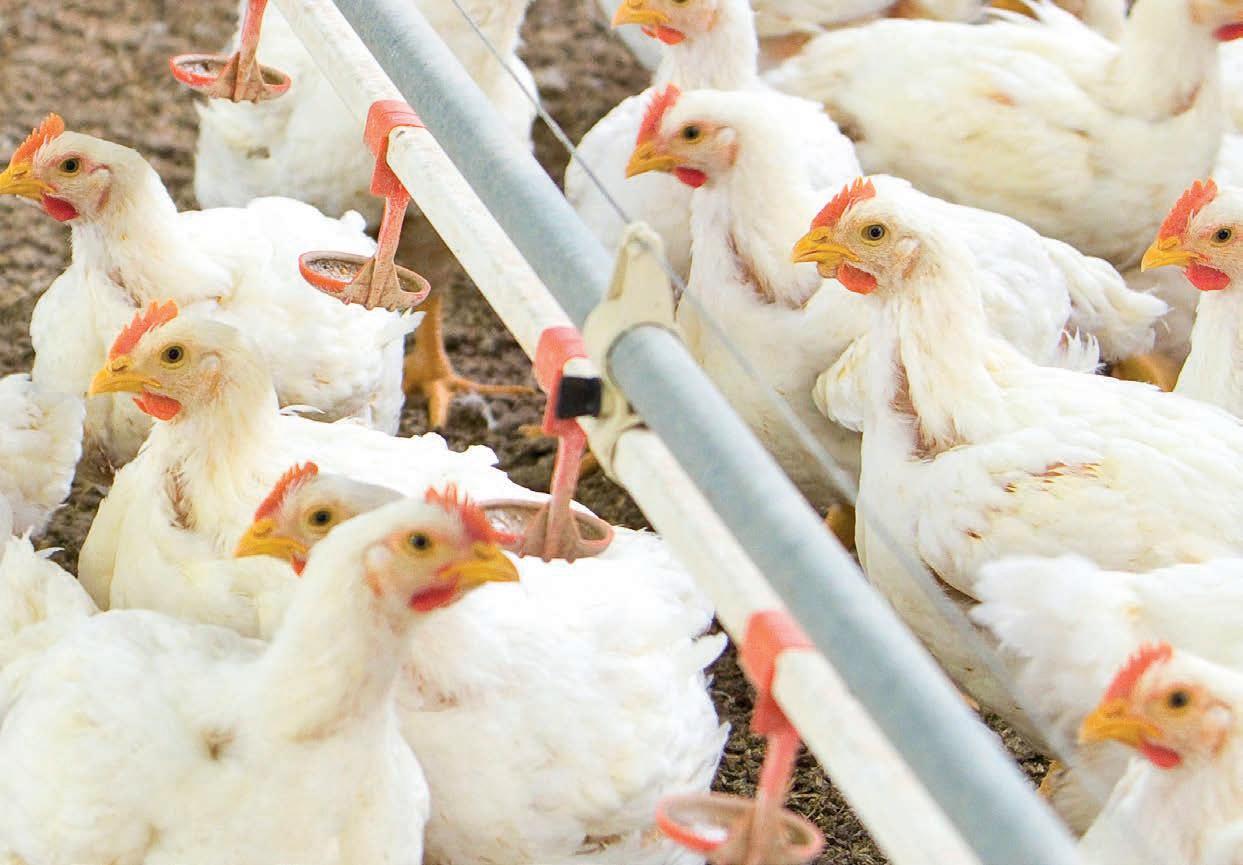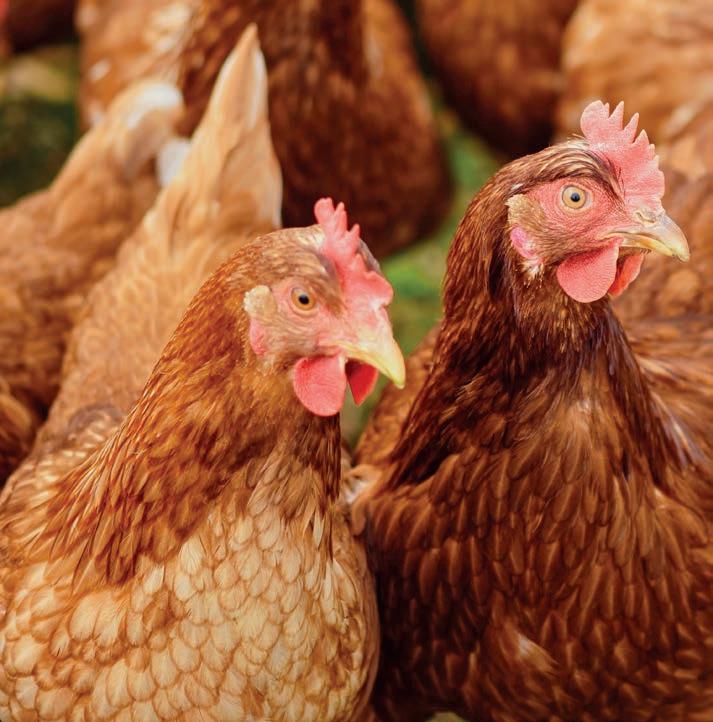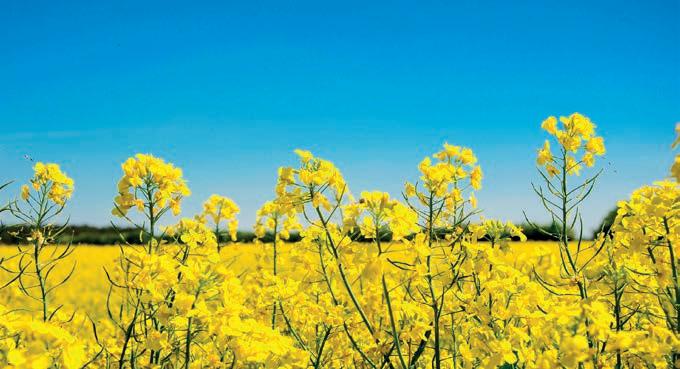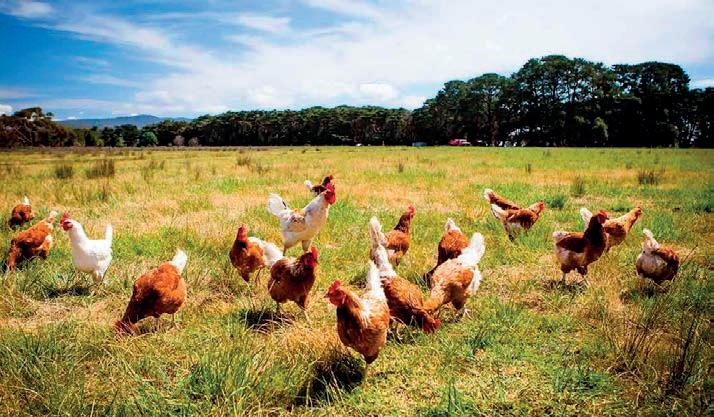
1 minute read
Hydroxy-selenomethionine can improve productive performance and egg quality of laying hens in the late phase of production
Due to the world’s population increase, egg production is expected to develop rapidly and, to increase egg production, the goal is to enhance laying persistency while maintaining egg quality. As they age, laying hens gradually decrease productivity and eggshell quality.
Oxidative stress is an important factor of ageing and selenium (Se), being an essential mineral involved in several antioxidant processes, can play an important role influencing both laying performance and egg quality. Hydroxy-selenomethionie (OH-SeMet) has been proven to be a more efficient Se source than sodium selenite (SS) to improve poultry performance particularly in critical periods of their production cycle. The aim of this trial was to evaluate the effects of OH- SeMet on productive performance and egg quality of laying hens from 50 to 70 weeks of age. A total of 384 Dekalb Brown laying hens (average weight 1.86 kg) was randomly assigned to two treatments (12 replicates; 16 hens each). The two experimental diets were supplemented at 0.3 mg Se/kg feed supplied by either SS or OH-SeMet. Standard production parameters were recorded. Egg quality traits analyzed included weight and percentage of albumen, yolk and eggshell, eggshell thickness, eggshell strength, Haugh unit and yolk color. Data were analyzed by Student t-test for independent samples (P<0.05).
Advertisement
OH-SeMet increased several production parameters compared with SS. Concerning egg quality traits, OH-SeMet improved eggshell thickness and strength as compared with SS. It can be speculated that improved eggshell quality could be linked with the higher Se concentration achievable with OH-SeMet in the shell and shell membrane. Overall, dietary supplementation of OH-SeMet, by improving both production and egg quality parameters in laying hens from 50 to 70 weeks of age more efficiently as compared to SS, appears to be an effective potential solution to prolonging the production cycle of laying hens.
References available on request From the Proceedings of 2019 Australian Poultry Science Symposium
A. Brito, D. Cavalcante, F. Perazzo Universidade Federal da Paraiba, Areia, Paraiba, Brazil
M. De Marco, Y.G. Liu, J.G. Goncalves Adisseo France

